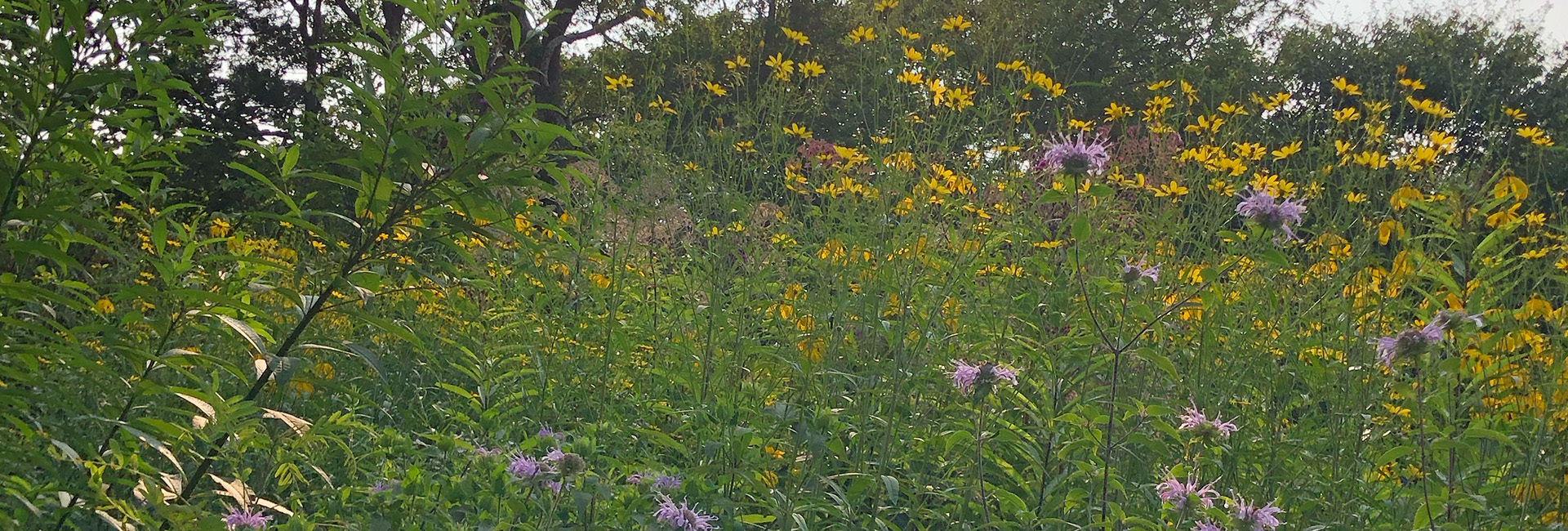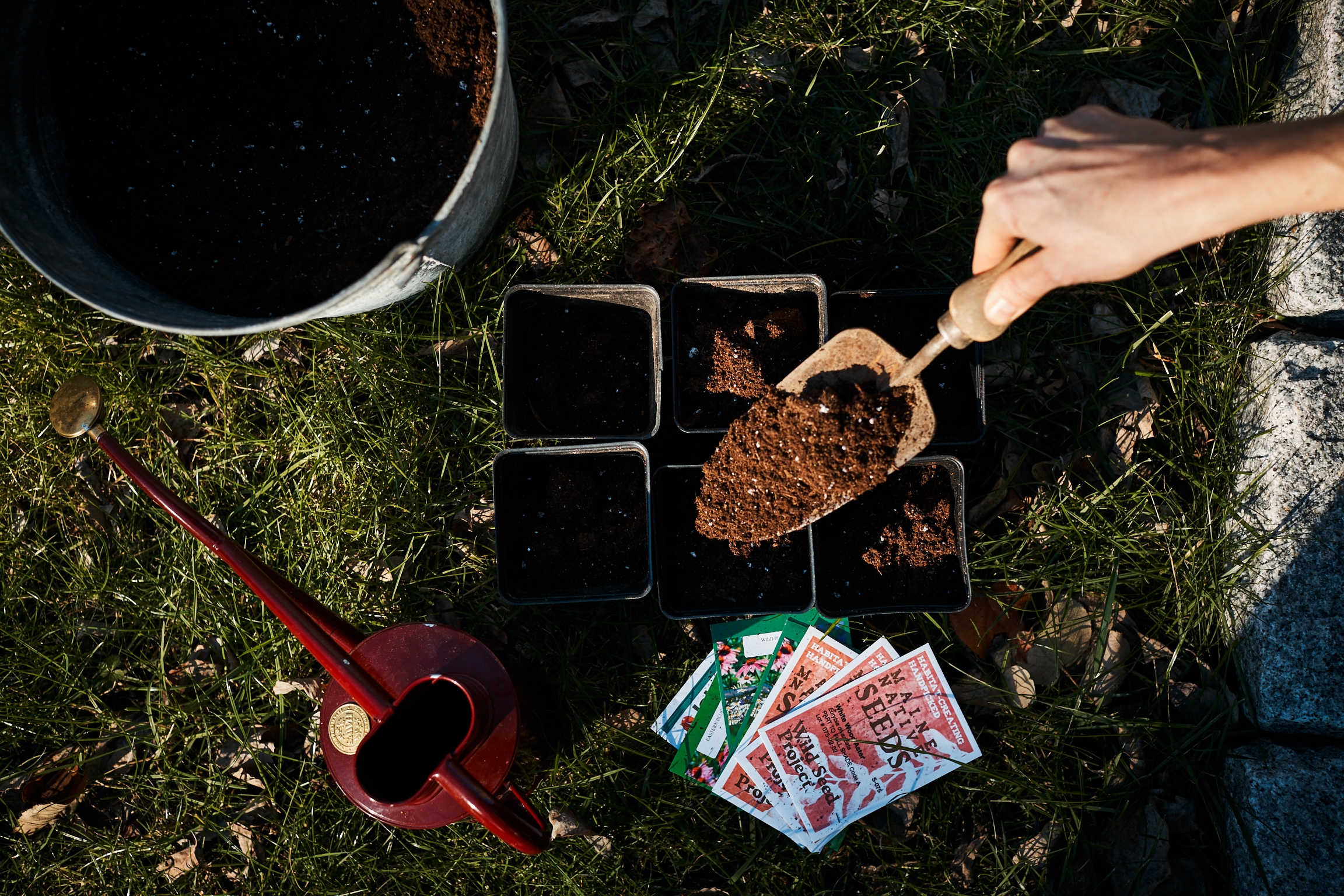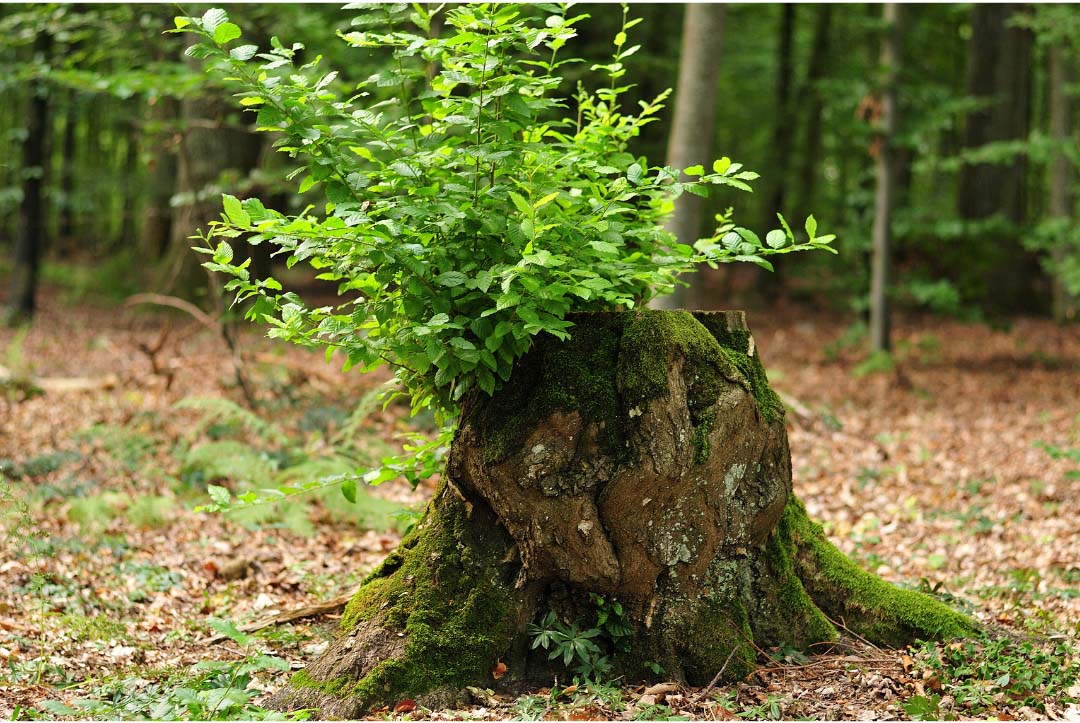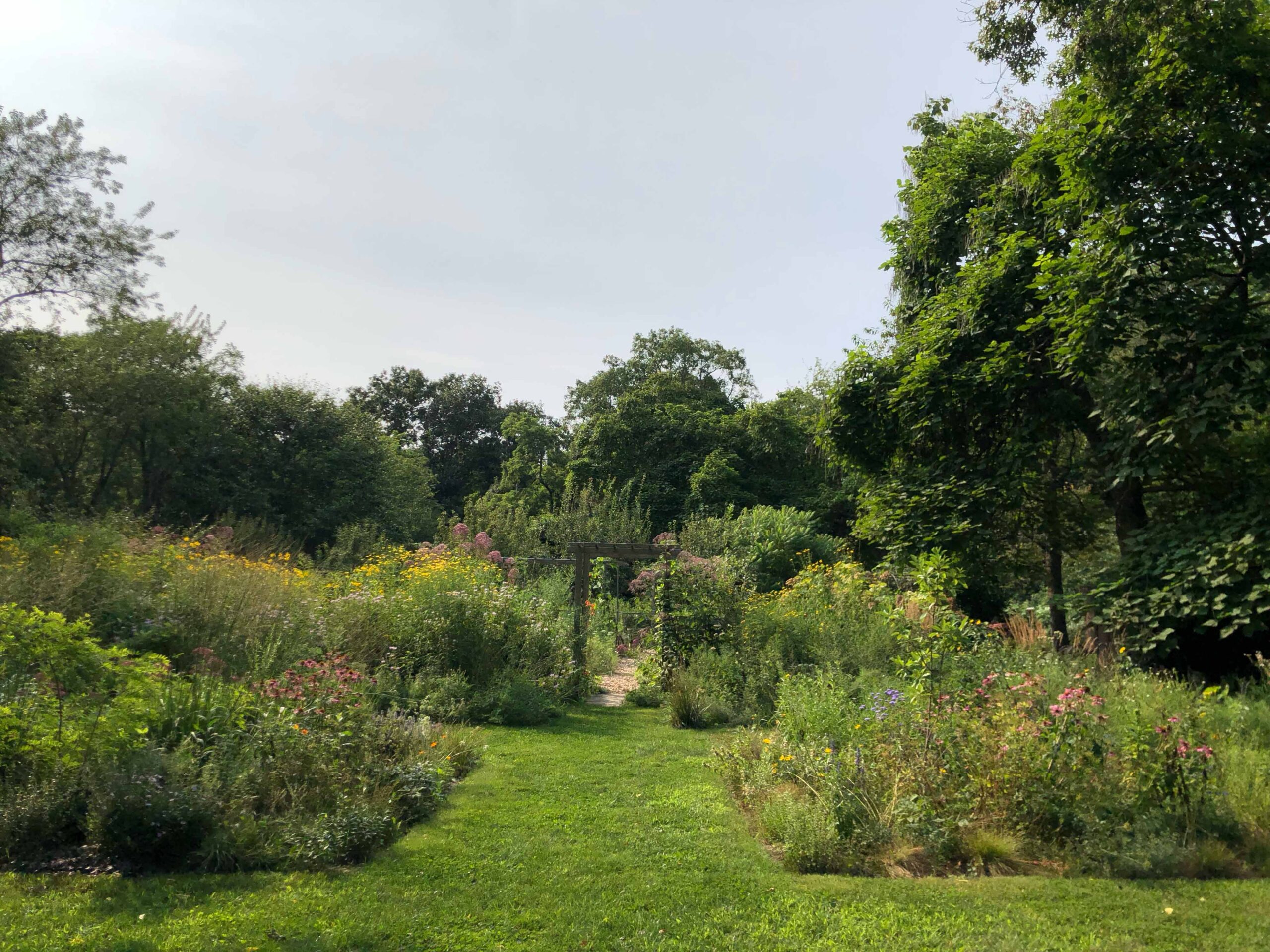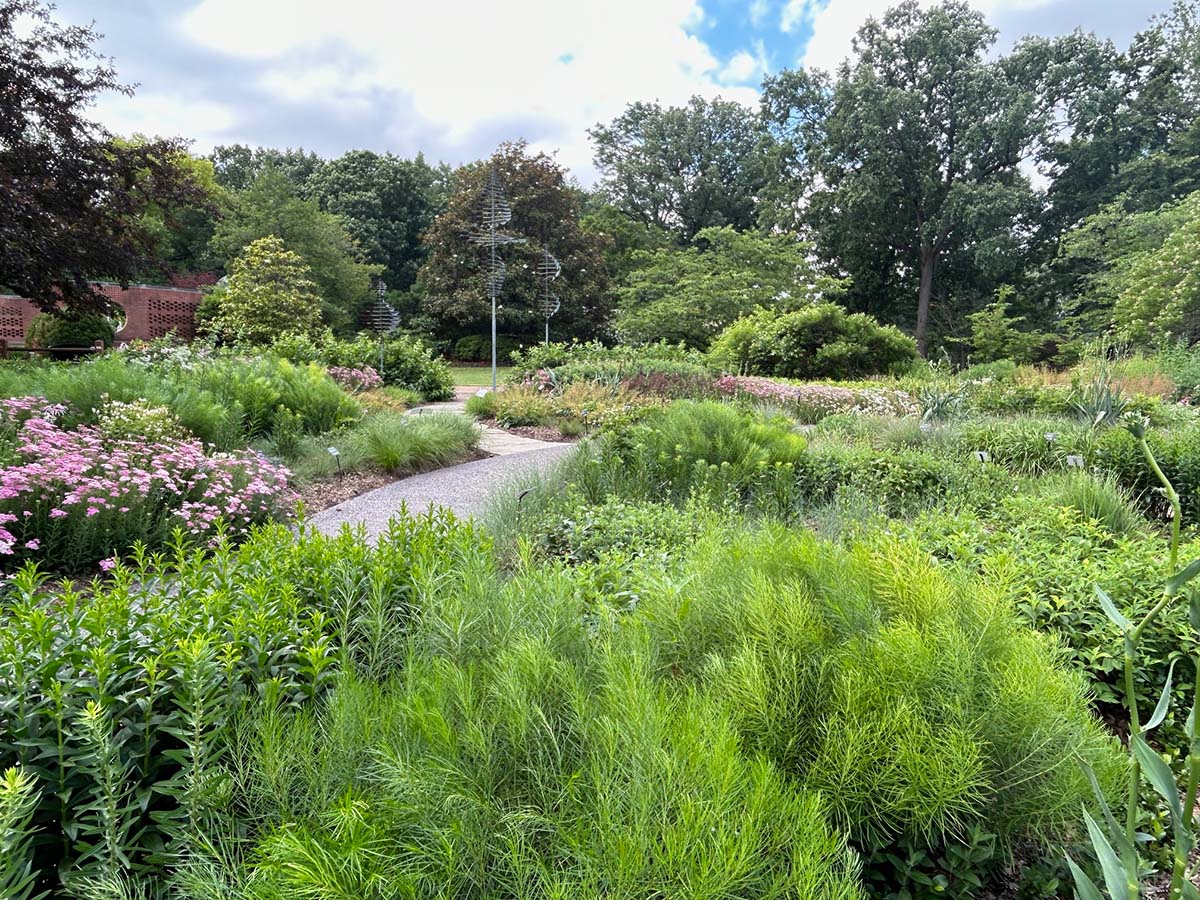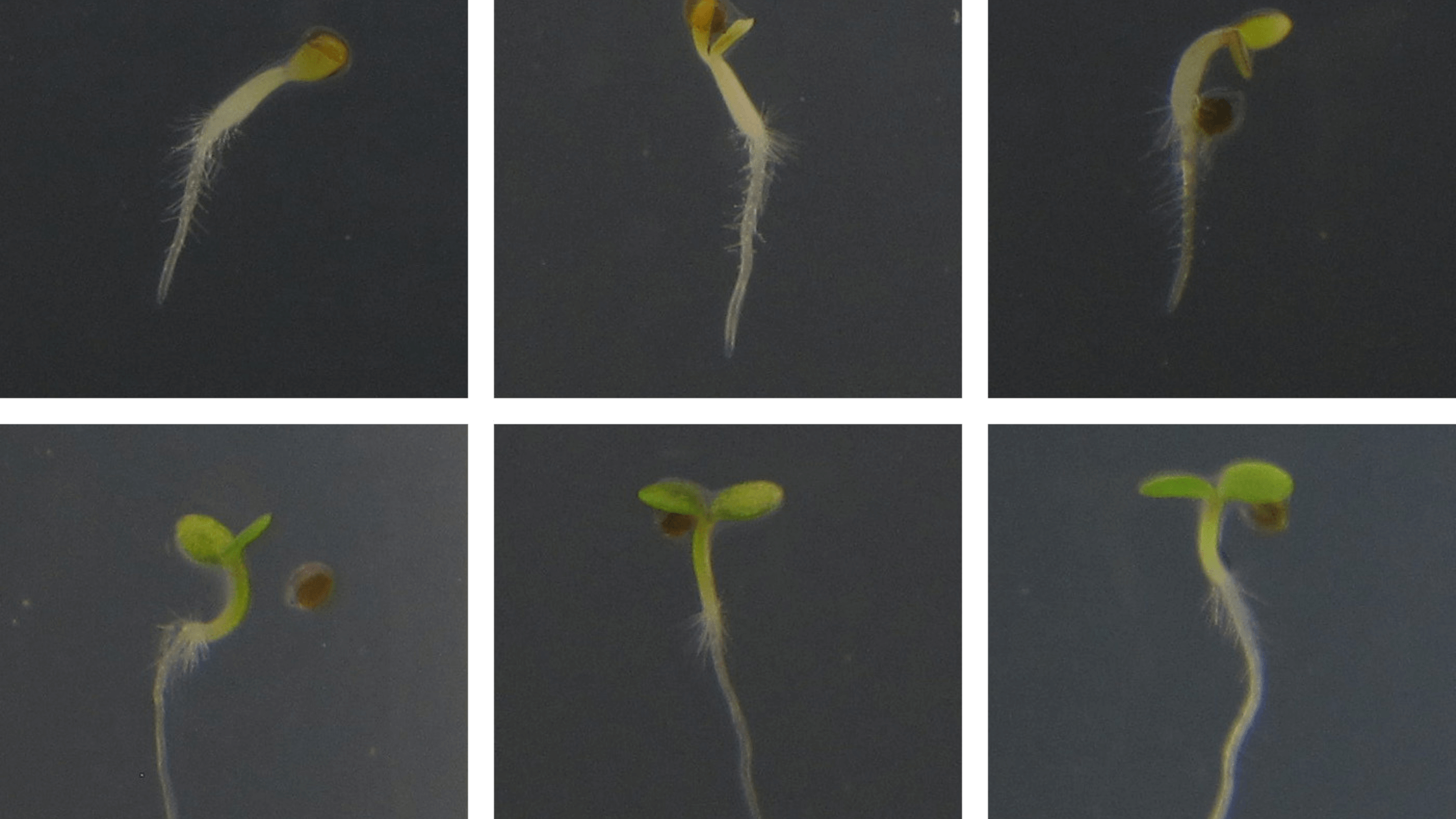
by Edwina von Gal
This post is about roots. It also marks the start of the new name for my Perfect Earth monthly posts: Radicle Thinking. The radicle, a root, is the first thing that emerges from a germinating seed, and the future of a plant depends on the radicle’s success. Seeds, miraculous tiny germs of life, are held in suspension until the world around them says, Okay, GO! A radicle then sets out to explore and engage with what it finds. It heads down into the soil to anchor the new plant, and then starts sending up water and nutrients so the plumule (the embryo’s shoot) can grow up towards the sun and start the true leaf growing process.
The radicle and the lateral roots that follow it form a root system of insanely intricate and mutually beneficial relationships with the microorganisms in the soil. These root systems form part of a two-way delivery system: nutrients and water from the soil flow up into the leaves, while sugar made from sunshine (photosynthesis) is sent down from the leaves to the roots to energize a vast community of busy soil-based lives. Roots+soil+leaves+sun = the essential building blocks of plant life.
My interest in roots and radicles makes me think about the fact that few of our commercially available plants are grown from seed. Most are cloned, propagated asexually by cuttings or tissue culture—they have no radicle. Instead, these genetically identical plants are created to meet the needs of the horticulture industry: easy to grow (compact, fast growing, unappealing to insects), easy to ship (short and tight “muffin-tops”) and easy to sell (big, bright flowers). These cultivars are often given cutesy, easy to remember, wince-worthy names, like “Incrediball”, “Pinky Winky”, and “Miss Piggy”. Many are patented, with the “inventor” getting a royalty for every plant sold. Specialty plant propagation of this sort has become very big business, encouraging lots of people to shop and plant varieties that would seem to be great for greening up the world. But how is it working for those plants and our ecosystem? We aren’t yet sure. Ecologically sensitive gardeners, especially native plant enthusiasts, are carefully watching to see how these plant clones will behave in the landscape, serve beneficial bugs and birds, and react to threats from things like pests and disease. Time will tell.
And what about the impacts of starting life without a radicle? Vegetative (seed-free) propagation relies on adventitious roots, which originate from stem tissue (not the radicle). They are fibrous, tangled, and often found circling the bottom and sides of the container in which they were grown. Can they do the same job as root systems with a radicle, formed by the natural process of seed germination? We know that asexually propagated plants will sometimes “revert” to their original species form, or otherwise grow out of the commercially driven traits that made them desirable to begin with. This is often not a concern for the breeders since replacing failing plants is good business. But it isn’t great for creating sustainable gardens, and it’s especially not great for trees, which are all about being around for a long time. I’ve been noticing clonal nursery trees, which have nothing but adventitious roots, showing signs of suffering as they age. Their fibrous, adventitious root systems have a tendency to wrap around and choke the tree (called girdling roots), which causes trees to die back a little at a time and weaken or even snap at the base. (Learn more about it here.)
Take a look at the trees in your yard, neighborhood, and community. How many of them were grown from seed right where they were dropped by their mother tree, assisted by her mycorrhizal network? Sadly, there isn’t much opportunity for this to happen in our managed lands.
So, if you find an acorn sprouting, save it. Try to plant trees grown from seed, no matter how small. Yes, it is a slow process, but think of them as your family. Don’t we love the process of raising our families from birth? The natural process of putting down a root and letting it grow is one that has evolved naturally and successfully for every life form. It connects us to nature and makes us happy and whole.
RECOMMENDATIONS
Resource: The Native Plant Trust’s Go Botany is easy enough to hook beginners and deep enough to engage geeks. Learn how to identify plants and delight in the plant of the day.
Book: Forest Forensics: A Field Guide to Reading the Forested Landscape , by Tom Wessels (W. W. Norton & Co, 2010)
Quote: “We are as gods and might as well get good at it. So far remotely done power and glory—as via government, big business, formal education, church—has succeeded to the point where gross defects obscure actual gains. In response to this dilemma and to these gains a realm of intimate, personal power is developing—power of the individual to conduct his own education, find his own inspiration, shape his own environment, and share his adventure with whoever is interested.” Stewart Brand’s statement of purpose, Whole Earth Catalogue , 1968.
Photo: Thale Cress (Arabidopsis thaliana) about two days after germination from seeds by BlueRidgeKitties.
